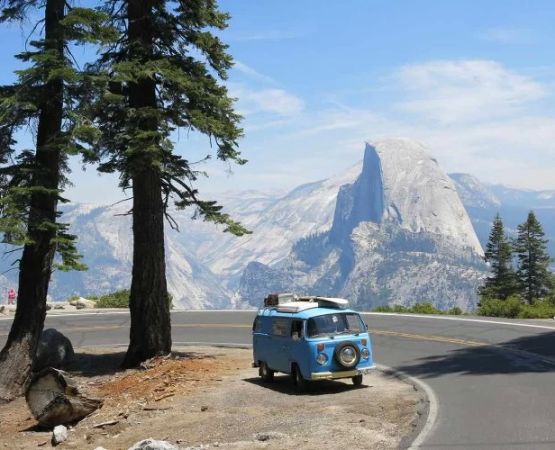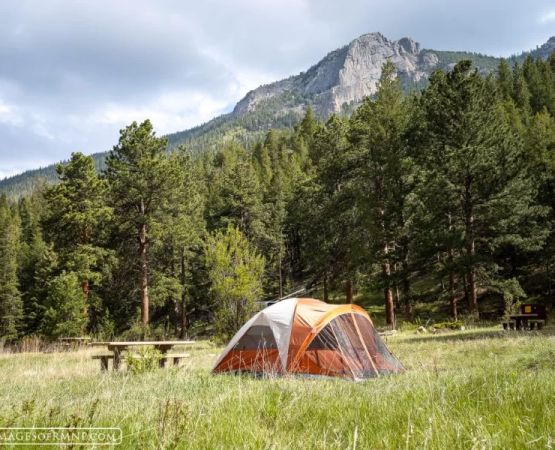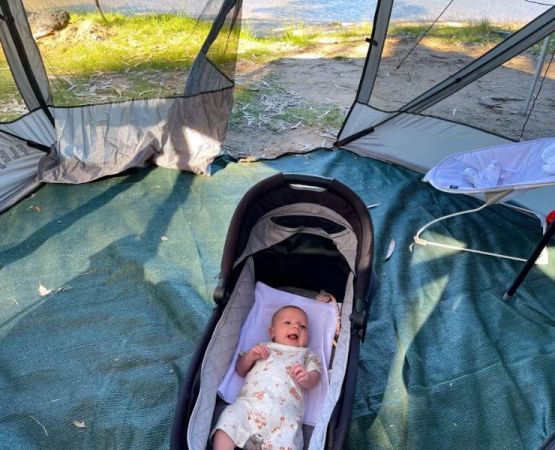- 1 - Choosing the right backpacking tent for four seasons
- 2 - Understanding the difference between three-season and four-season tents
- 3 - Key features to consider for year-round use
- 4 - Balancing weight and durability
- 5 - Real stories from year-round backpackers
- 6 - Making sure your tent fits your adventure
- 7 - Gear recommendations and preparation
- 8 - Investing in reliability for all seasons
1 - Choosing the right backpacking tent for four seasons
When it comes to outdoor adventure, one of the most crucial decisions you’ll make is choosing the right backpacking tent for four seasons. Unlike casual camping tents designed for mild weather, four-season tents must withstand harsh winter storms, heavy winds, and still provide comfort during warmer months. Selecting the right option means balancing strength, portability, and adaptability to ensure safety and enjoyment year-round.
2 - Understanding the difference between three-season and four-season tents
Three-season tents are popular for spring through fall, offering ventilation and lightweight designs. However, they often fail in extreme cold, snow, or high winds. Four-season tents, on the other hand, are reinforced with stronger poles, thicker fabrics, and less mesh to protect against snow accumulation and freezing winds. This doesn’t mean they’re only for winter; with proper design, they can still perform well in milder weather. Knowing these distinctions prevents costly mistakes and ensures the right choice for the adventure you have in mind.
3 - Key features to consider for year-round use
When evaluating a four-season backpacking tent, pay attention to stability, ventilation, and weatherproofing. Geodesic or semi-geodesic designs provide structural integrity against heavy snow and wind. Double-wall construction helps reduce condensation, while vestibules add valuable storage space for gear. A common oversight among first-time buyers is ignoring airflow; poor ventilation can lead to moisture buildup, even in freezing conditions. Learning from experienced hikers can help identify which features truly matter for survival and comfort.
4 - Balancing weight and durability
Backpacking requires a careful balance between strength and portability. Four-season tents are naturally heavier due to reinforced poles and thicker fabric, but modern materials have reduced weight significantly. Some brands now offer options under six pounds without sacrificing durability. A backpacker once described carrying an overly heavy tent during a 30-mile trek as “the mistake that almost ruined the trip.” The right choice should feel manageable on the trail while reliable in storms.
5 - Real stories from year-round backpackers
Many lessons about four-season tents come from real-life experiences. In one well-known case, a mountaineer in the Cascades credited his four-season tent with saving him during a surprise blizzard, while a friend in a three-season tent had to retreat. On the other hand, some backpackers share frustrations about poor ventilation in cheaper four-season models during summer trips. These stories highlight the importance of investing in quality and understanding the compromises of different designs.
6 - Making sure your tent fits your adventure
No tent is perfect for every scenario. If most of your trips are in mild climates with only occasional snow exposure, a lightweight four-season tent may be best. For mountaineering or extended winter expeditions, a more robust design is non-negotiable. Comfort also matters—extra interior space can reduce stress during long stays inside during storms. Choosing a tent that aligns with your adventure style avoids regrets and maximizes performance.
7 - Gear recommendations and preparation
Beyond the tent itself, proper gear preparation is essential. A tent footprint can protect the base from ice and rocks, while snow stakes provide better anchoring in frozen ground. Adding an insulated sleeping pad and a four-season sleeping bag completes the system. For those looking to make informed purchases, Pine Cliff Resort offers access to reliable outdoor gear and professional recommendations tailored for year-round explorers.
8 - Investing in reliability for all seasons
Ultimately, choosing the right backpacking tent for four seasons is an investment in safety, comfort, and peace of mind. It’s not about finding the lightest or cheapest model, but about ensuring resilience against unpredictable environments. With the right tent, adventurers can confidently face snowy mountain nights, rainy spring weekends, and windy autumn ridges. Reliable gear doesn’t just enhance the trip—it can mean the difference between enduring and enjoying the wilderness.






